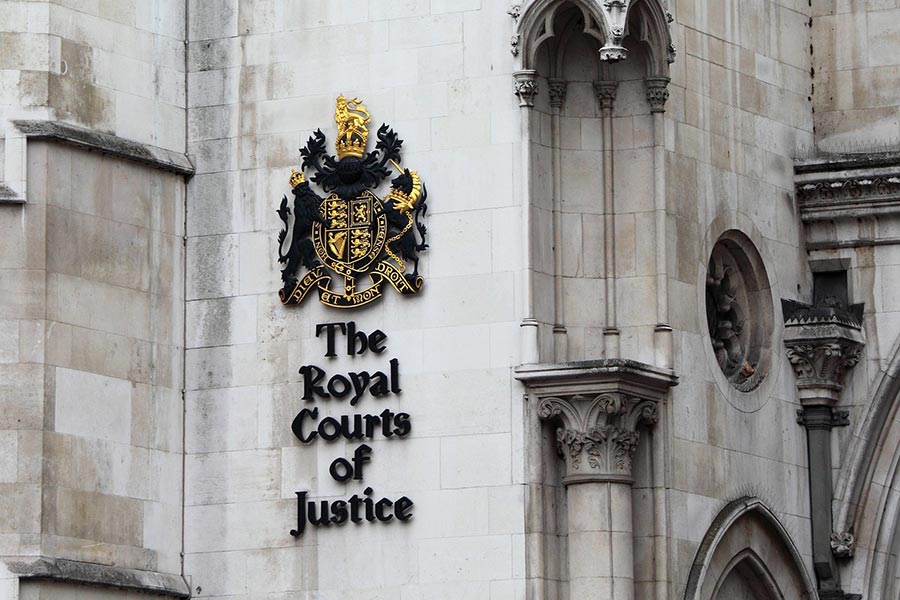The Time is Money Blog
Architect v Developer – Court of Appeal – Payments disputes – Adam Architecture Ltd v Halsbury Homes Ltd [2017] EWCA Civ 1735 (02 November 2017)
Introduction
This appeal was by an appellant architecture company (Adam) in litigation concerning its entitlement to fee recovery following the termination of its engagement with a developer (Halsbury) under the RIBA[1] form of contract. This standard form of contract provides for interim payments, payment notices and pay-less notices, but is not particularly clear on the obligations of the parties and contract termination.
The case concerned S.111 of the Act and whether S.111 ‘applies only to interim payments or whether it also applies to payments due following completion of the works or termination of the contract’[2]. Adam issued an invoice for work done up to a specific date a payment for architectural design works. Adam stated in an email to Halsbury that our ‘fee is no longer relevant and, all other matters considered, we need to draw a line under our work to date.[3]’
Halsbury failed to serve a pay-less notice and failed to pay for Adam’s work.
Decision
Adam commenced an adjudication to recover two payments, including the last one. The adjudicator found in favour of Adam and awarded the last two invoices plus interest and costs.
Adam issued adjudication enforcement proceedings in the TCC. Halsbury issued a claim under CPR Part 8. Halsbury declared that the payless regime did not apply to the December invoice, that it was not liable to pay that invoice, and the adjudicator’s decision was unenforceable.
Edwards-Stuart J found in favour of Halsbury and granted the declaration as sought as Halsbury’s final email was a repudiation of the contract of engagement[4] and Adam had accepted the repudiation[5]. Edwards-Stuart J also decided that Halsbury was not contractually required to serve a payless notice as the contract was discharged, was a final account and not a “notified sum[6]” under RIBA Conditions,[7] and the invoice was a termination of the contract, and that the adjudicator’s decision would not be enforced.
In the Court of Appeal (CA), Adam contended that ‘even though the contract of engagement only required pay less notices in respect of both interim applications, section 111 of the 1996 Act required payless notices regarding both interim applications and any final account or termination account[8]’. Halsbury contended in the TCC that Adam ‘had not relied upon S.111, so he should not do so in this court[9].’
Conversely, Jackson LJ took a different view and stated, “Section 111 relates to all payments which are provided for by a ‘construction contract’, not just interim payments.” Jackson LJ also referred to Rupert[10]. In Rupert, Jacob LJ said, “Section 111(1) operates to prevent the client withholding the due sum” and is “not a provision which seeks to make any certificate, interim final or conclusive.[11]”
The CA considered the case of Melville Dundas[12]. This insolvency case proceeded on the old version of the 1996 Act, as in the case of Rupert, where S.111 applied to interim and not final certificates. The case of Melville Dundas created a problem with a ratio of 3:2 in favour of the defendant, George Wimpey UK Ltd.
Halsbury’s QC, Mr David Sears, argued this ratio on ‘soft ground’. In light of this, four years later, the Act was amended to ‘specifically address’ the problem of an insolvent party in adjudication under Section 111(10).
In the CA, counsel then cited Harding[13].
Drawing the threads together, Jackson LJ said, “Section 111 of the 1996 Act applies to both interim and final applications for payment” and “I reach this conclusion on the basis of the clear words of the Act and also in the light of authorities cited.[14]” In his judgement, Jackson LJ said that Halsbury was obliged to serve a pay-less notice and that he upheld the first ground of appeal. On the second ground of appeal, Jackson LJ said that Adam had a ‘cast-iron’ case to recover payment on both of its outstanding invoices. On the third ground of appeal, Jackson LJ said, “The adjudicator’s decision was plainly correct and enforceable.[15]”
Jackson LJ, Lindblom LJ, and Thirlwall LJ dismissed Halsbury’s Part 8 proceedings and granted summary judgment in Adam’s favour in the Part 7 proceedings.
This Court of Appeal case exemplifies the ‘pay now, argue later’ principle.
If you are involved or affected by Construction Claims or Construction Disputes, Contact Us to see how we can help.
[1] Royal Institute of British Architects
[2] EWCA Civ 1735 at Para. [2]
[3] EWCA Civ 1735 at Para. [20]
[4] EWCA Civ 1735 at Para. [32](i)
[5] EWCA Civ 1735 at Para. [32](ii)
[6] EWCA Civ 1735 at Para. [32](iii)(c)
[7] RIBA Conditions Clause 5.14
[8] EWCA Civ 1735 at Para. [34](i)
[9] EWCA Civ 1735 at Para. [36]
[10] Rupert Morgan Building Services (LLC) Ltd v Jervis and Another [2003] EWCA Civ 1563
[11] [2003] EWCA Civ 1563 at para [11]
[12] Melville Dundas Ltd (in receivership) and others v George Wimpey UK Ltd and another [2007]UKHL 18
[13] [2015] EWCA Civ 1231
[14] EWCA Civ 1735 at Para. [65]
[15] EWCA Civ 1735 at Para. [74]

